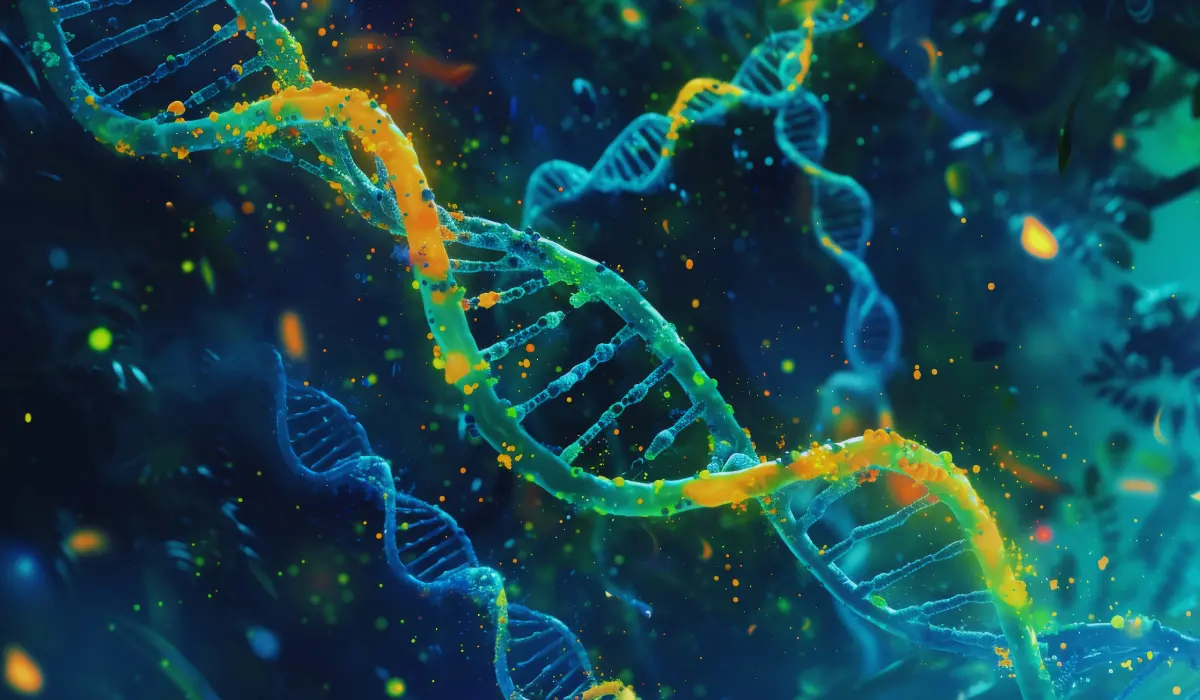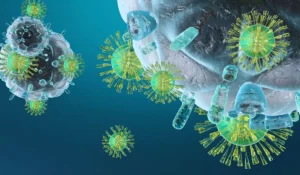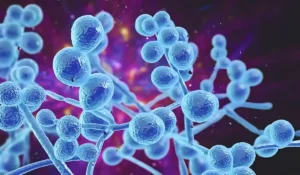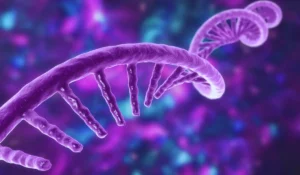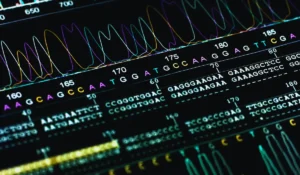What is Gaucher disease?
Gaucher disease is an inherited genetic disease which is caused due to decreased levels of glucocerebrosidase enzyme also known as beta-glucosidase. The condition is named after Philippe Gaucher who is a French physician who described the condition.
Before moving into further details of it, Let’s understand what are glucocerebroside and glucocerebrosidase?
Glucocerebroside is a glycolipid found on the cell membrane of many cells. It is called glycoprotein because it is made up of both sugar and fat.
This molecule is developed through a series of enzyme mediated reactions within the cell and once it is developed, it becomes a part of the membrane of several cells. However, when the cells become old or damaged, they start to get degraded by immune cells called macrophages, by engulfing it up!
And macrophages, as we all know, have lysosomes which are called the digestive center of the cells because all the damaged materials are broken down inside it by various hydrolytic enzymes, either to be reused or to be thrown out of the body.
So, one such example of many lysosomal hydrolytic enzymes is glucocerebrosidase enzyme which breaks down glucocerebroside into a sugar (i.e glucose) and a simpler fat molecule (i.e ceramide). This enzyme i.e. glucocerebrosidase enzyme is a product of GBA gene located on chromosome 1.
What Causes Gaucher disease?
Gaucher disease is characterized by mutations in the GBA gene that result in reduced glucocerebrosidase enzyme activity. So, when there is decreased glucocerebrosidase activity, there occurs accumulation of glucocerebroside inside the lysosomes of macrophages.
And when you visualize such macrophages under the microscope, they will display a “fatty” appearance, similar to “crumpled tissue-paper.” These faulty macrophages with glucocerebroside accumulated lysosome are called gaucher cells that eventually will accumulate in several tissues and organs like the bone marrow, liver and spleen.
These Gaucher cells and the surrounding macrophages release harmful lysosomal enzymes and inflammatory signals to the nearby areas causing immune response and scar tissue production leading to many unique signs and symptoms of Gaucher disease.
Gaucher disease is an autosomal recessive genetic condition. Autosomal recessive means a person needs to inherit one mutated GBA gene from each asymptomatic or heterozygous parent in order to develop the homozygous or diseased condition. So, two copies of an abnormal gene must be present in order for the disease to develop.
Gaucher disease Types
There are three main subtypes of Gaucher disease.
Type 1 Gaucher disease
In type 1 Gaucher disease, most patients are asymptomatic. However, if they display signs and symptoms, it is because of bone marrow fibrosis causing decreased RBC production leading to anemia and related fatigue. Even though WBCs are rarely affected, if it does it causes leukopenia.
Other than these symptoms, there also occurs bone infractions due to obstruction in the blood flow to some parts of bone, leading to severe bone crisis, which result in physical deformity, and avascular necrosis i.e. bone tissue death. Another manifestation is osteoporosis or reduced bone density.
Type 1 form is also characterized by enlarged liver and spleen. When the platelets are trapped within the enlarged spleen, it can result in decreased blood platelet levels or thrombocytopenia, which in turn leads to bleeding and bruising.
Type 2 Gaucher disease
While individuals affected with type 2 Gaucher disease which is also referred to as Acute Neuronopathic Gaucher disease is characterized by severe neurological symptoms in early life which is because of the accumulation of glucocerebroside in the brain.
Symptoms of Type 2 form include all symptoms of type 1 along with loss of motor skills, reduced muscle tone, muscle contractions and difficulty in swallowing. It can also lead to severe problems like breathing and feeding difficulties and even death occurs within the initial few years of life.
Type 3 Gaucher disease
Type 3 Gaucher disease which is also referred to as Chronic Neuronopathic Gaucher disease is similar to type 2. Here the symptoms occur slowly, i.e. it could even take over decades for the symptoms to develop. Some individuals experience seizures too.
How is Gaucher disease diagnosed?
Diagnosis depends on clinical manifestation. Another aspect of diagnosis is the measurement of glucocerebrosidase enzyme activity with the help of beta-glucocerebrosidase leukocyte blood test. To confirm the diagnosis, genetic testing can be done to identify the mutations in the GBA gene.
What is the treatment of Gaucher disease?
Therapy relies on the severity of the disease and it involves enzyme replacement therapy using a synthetic glucocerebrosidase enzyme and also a substrate reduction therapy which is designed to inhibit the enzyme that synthesizes glucocerebroside. Supportive therapy is for the management of symptoms.
Quick summary
Gaucher disease is an autosomal recessive condition wherein there is decreased glucocerebrosidase levels. This results in the build up of glucocerebroside in the lysosomes of macrophages which in turn accumulates in several tissues, causing damage to it.
There are three subtypes of Gaucher disease. Type 1 is characterized by hepatosplenomegaly (enlargement of the liver and spleen), anemia (low number of red blood cells), thrombocytopenia or decrease in blood platelets, and bone abnormalities.
Types 2 and 3 forms are known as neuronopathic forms of the disorder because they are characterized by problems that affect the central nervous system. In addition to the symptoms of type 1, these conditions can cause abnormal eye movements, seizures, and brain damage.
It can be diagnosed by measuring the glucocerebrosidase enzyme activity and by genetic testing, and the treatment involves enzyme replacement therapy using synthetic glucocerebrosidase enzyme and substrate reduction therapies that block enzymes that synthesizes glucocerebroside.
Reference
Encyclopedia of Molecular Mechanisms of Disease by Florian Lang
Encyclopedia of Molecular Biology by Thomas E. Creighton
Rare Diseases: Integrative PPPM Approach as the Medicine of the Future from Springer
